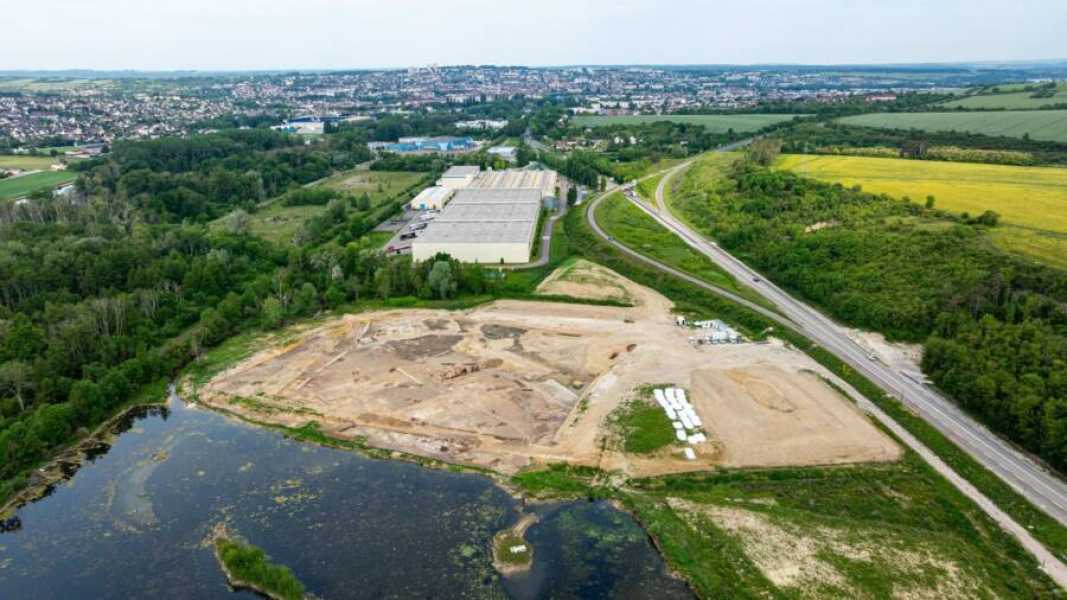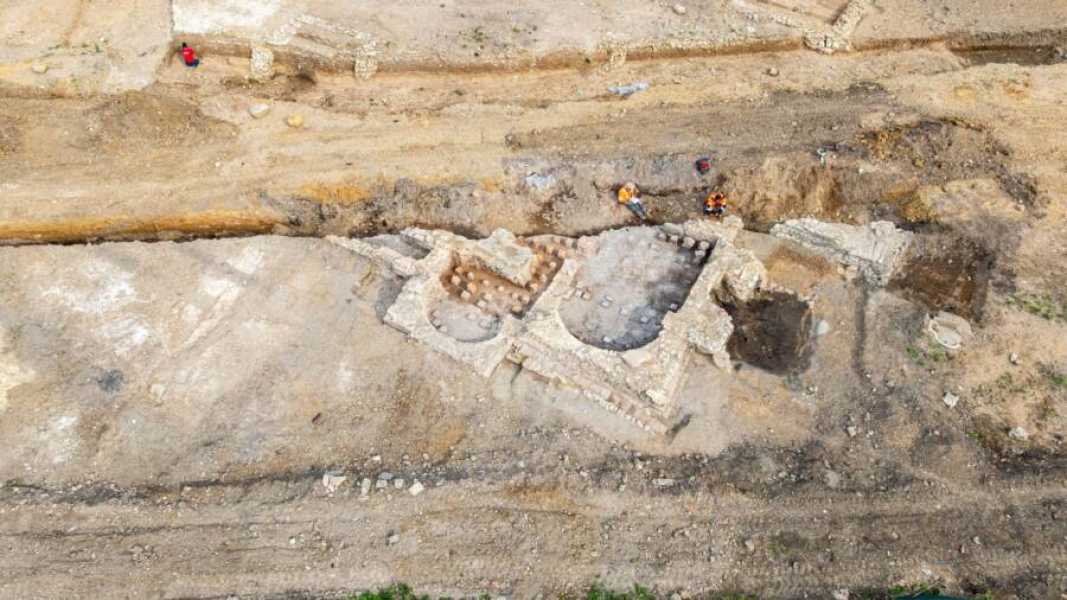This impressive villa, covering 43,000 square feet, roughly equivalent to the size of eight basketball courts, was located in the then city of Autisiodorum sometime between the first and fourth centuries AD.

INRAP The Roman villa complex discovered near Auxerre, France, is much larger than previously thought.
Archaeologists have uncovered the complete remains of one of the largest Roman villas ever to exist in ancient Gaul, decades after part of the site, near Auxerre in central France, was first discovered in 1966. Although the villa's existence had been known since then, it was long thought to be a relatively modest structure rather than the grand complex that has now been revealed.
Recent excavations have revealed the full extent of the villa, which is even more extensive than archaeologists expected. It turns out that the original structure discovered in 1966 was just an auxiliary building of a much larger residence. In total, the villa covers 43,055 square feet – significantly larger than the 7,535 square feet originally discovered.
The ancient structure, discovered in 1966, turns out to be just a small part of a much larger complex

INRAPThe villa complex spans 43,000 square feet, making it one of the largest ever found in France.
In 1966, workers excavating a gravel pit stumbled upon the remains of an ancient home measuring about 7,500 square feet — a luxurious residence, but nothing compared to what was eventually discovered. Various details, INRAP said in a statement, suggest it was inhabited from the first to the fourth century A.D., just before the fall of Rome. At the same time, elements such as mosaics and heated floors suggest it belonged to the wealthy elite.
When archaeologists recently excavated the entire 43,055-square-foot complex, it provided new insight into the purpose of the building discovered 60 years ago. It is now believed that the 1966 find was a secondary part of a much larger villa complex that included a residential area known as the pars urbana and an agricultural section known as the pars rustica.

INRAP Aerial photograph of private baths found in the complex.
The entire complex was surrounded by a perimeter wall, with a square pool to the north and a small fountain to the south. The east wing also contained thermal baths, and the complex itself was filled with various reception rooms, work areas, and what appears to be a kitchen.
The researchers suggest that another large square space along the western boundary may have been added at the same time as the structure found in 1966. This could indicate two separate construction phases – one for the larger complex, one for the secondary structures. However, further research will be needed to confirm this.
Understanding the Everyday Lives of the Wealthy Elites in Roman Gaul
Sourse: www.allthatsinteresting.com





